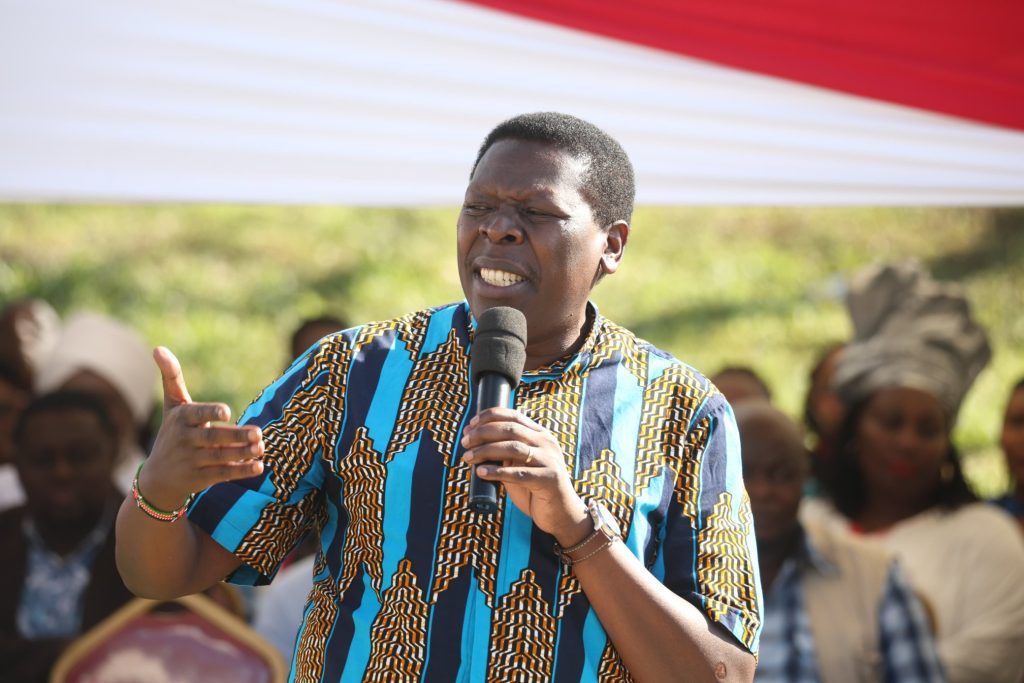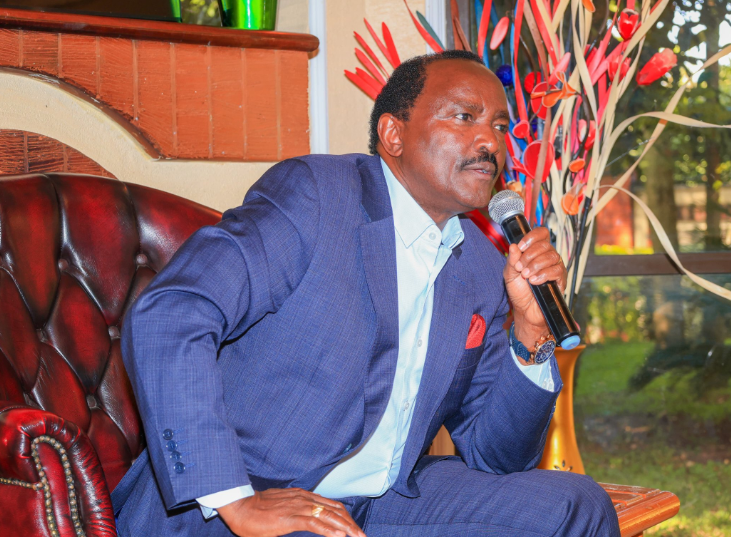A year after the tragic helicopter crash that claimed the life of Chief of Defence Forces (CDF), General Francis Ogolla, questions linger – and they’re only getting louder.
When the Ministry of Defence finally released its report on Friday, April 11, 2025, Kenyans expected clarity. What they got, critics say, is a fog of technical jargon, silence on accountability, and a delay that has only deepened suspicions.
For some politicians, the timing and content of the report have raised more red flags than they’ve lowered.
The April 11 report concluded that the Bell UH-1H-II helicopter – known to many as the Huey – suffered a sudden engine malfunction moments after takeoff from a school compound in Chesogon, crashing into a community farm and erupting into flames.
General Ogolla and nine other military personnel were killed instantly. The flight was part of a high-stakes security mission in the volatile North Rift region under Operation Maliza Uhalifu.
But to a growing chorus of leaders, the mechanical failure narrative isn’t just inadequate – it’s suspicious.
Democratic Action Party of Kenya (DAP-K) leader Eugene Wamalwa, speaking during a funeral in Bumula on Saturday, April 12, 2025, all but accused the state of burying more than just bodies.
“Iran wakati kumekuwa na ajali rais wa kule akakufa, ilichukua miezi tatu wakatoa report. Mbona report ya jenerali imechukua mwaka na sisi sasa tunaona inatoa report that is raising more questions than answers? We want accountability, we want the General to rest in peace,” Wamalwa said, drawing parallels between Kenya and countries with swifter, more transparent investigations.

He didn’t say ‘cover-up’ – but he didn’t need to.
Wiper Party leader Kalonzo Musyoka took it a step further.
While attending a church service in Mwingi on Sunday, April 13, 2025, Kalonzo did not mince words, calling the government’s report a ‘whitewash’ and demanding a full parliamentary investigation.
“What has happened is whitewashing of that situation. No one will believe that story unless there is an independent inquiry into his death,” Kalonzo declared to a somber congregation at Good Shepherd Catholic Church.
The Wiper leader warned that fatal aircraft incidents involving military brass are becoming alarmingly frequent – and dangerously normalized.
“We need an independent inquiry, possibly by Parliament. These helicopter crashes need to stop,” he said, his tone grave.
But it was Kalonzo’s next claim that sent a chill through the political class.
“He [Ogolla] was sent by the National Security Council during the last election, and there are some people who had threatened that they would deal with this guy later,” Kalonzo said.
“There was no way General Ogolla was not going to become the next head of our military—and that is why he was taken out,” he added.

It was a bombshell – hinting at deep-state politics, power struggles, and the kind of internal feuds that, if true, could reshape how Kenya views its civil-military relations.
Matungulu MP Stephen Mule, flanking Kalonzo at the church service, reinforced the call for transparency, stressing that military leaders cannot be left vulnerable to mystery and silence.
Even more unsettling to many Kenyans is the silence from the top.
President William Ruto has yet to directly address the allegations swirling around the crash. His government insists the Ministry of Defence followed proper protocol and that the Board of Inquiry was thorough and impartial.
Still, critics point to the nearly 12-month delay in releasing the findings – and the conspicuous absence of consequences for those responsible for approving the helicopter’s airworthiness.
The crash report
The report, released by the Ministry of Defence (MoD) dated April 11, 2025, details the history of the ill-fated flight and the findings of the Board of Inquiry (BOI), and ultimately concludes that an engine malfunction was the cause of the crash.
According to the report, the Bell UH-1H-II (Huey) Helicopter KAF 1501 was carrying General Ogolla and 11 other individuals as part of a visit to troops under Operation Maliza Uhalifu in the North Rift counties.
The flight originated from Nairobi Wilson Airport, refueled at Chesit, and proceeded to Kainuk and then Cheptulel Boys High School in Chesogon.
According to the MoD report, the helicopter took off from Cheptulel Boys High School at 2:22 pm en route to the Defence Forces Recruits Training School in Eldoret.
Shortly after departure, at approximately 2:20 pm, the Huey KAF 1501 crashed on a community farm near Cheptulel, catching fire upon impact.
Local residents and KDF personnel from a nearby Forward Operating Base evacuated the passengers.
Four survivors were initially airlifted to a local health center, but two later succumbed to their injuries.
The 10 fatalities, including General Ogolla, were flown to Nairobi.

The helicopter was deemed beyond economic repair.
The report provided background on the Kenya Air Force’s fleet of eight Huey helicopters acquired in 2016, noting their extensive use in various operational and peacetime missions.
The specific aircraft involved, KAF 1501, had undergone regular maintenance, including major inspections in 2021-2023, where no major defects were found, and several smaller scheduled servicings, the last one just days before the crash.
An overhauled engine was installed in December 2023.
The BOI, constituted on the day of the crash, interviewed 12 witnesses, including eyewitnesses and survivors, and considered several aspects in its investigation.
For many Kenyans, General Ogolla wasn’t just a soldier. He was a symbol of discipline, reform, and civilian oversight within the military. He served with distinction, and his loss was a national wound.
Now, a year later, with wounds still fresh and answers still few, the calls for justice are growing louder.
The government may have closed the file, but for much of the country, and certainly for its most vocal leaders, the case of General Ogolla’s death remains wide open.
Martin Oduor
The alchemist of literary works – a master wordsmith with a proven record of transforming the raw materials of language into a rich tapestry of emotion, thought, and imagination.
View all posts by Martin Oduor